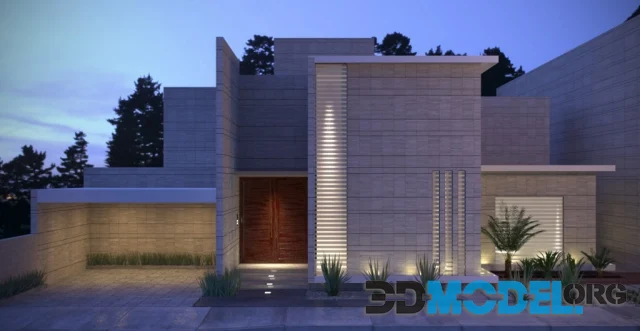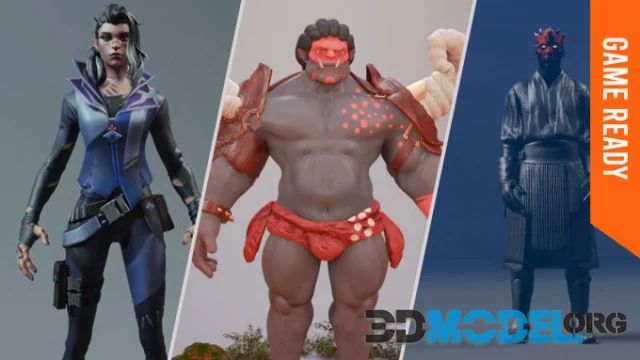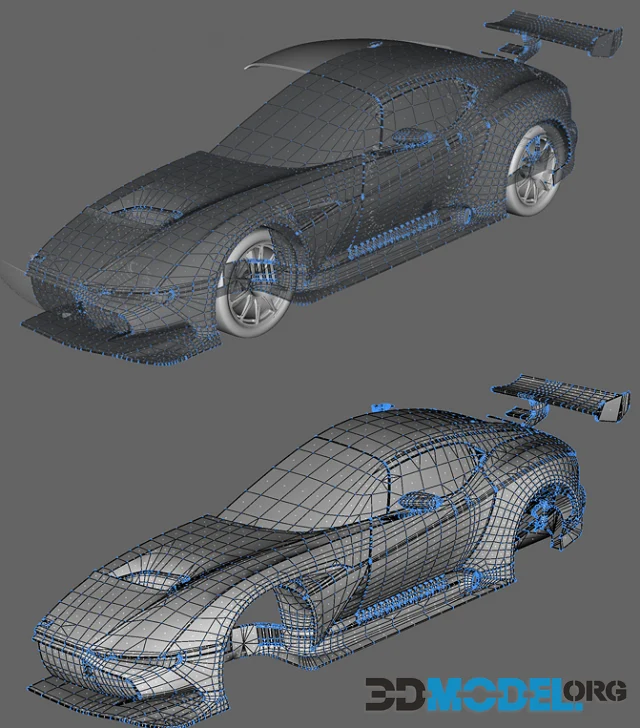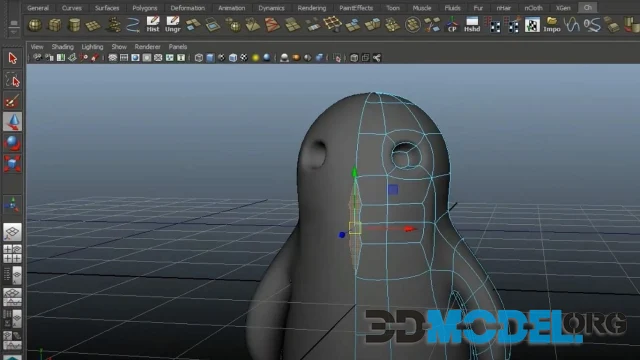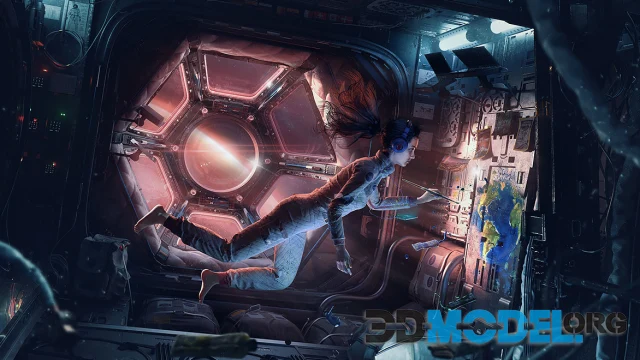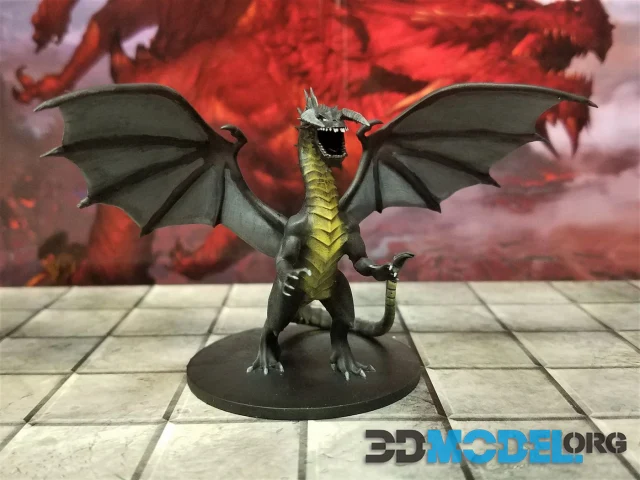Types of 3D modeling
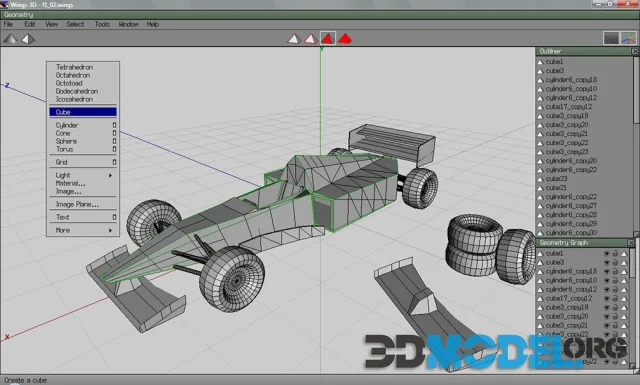
3D modeling has become an integral part of modern industry, applied in various fields. For example, in architecture, engineering, medicine, gaming and design. But to model well, it is important to know a thing or two about this business.
Types of 3D modeling is the basis of the basics that we will introduce to you today.
Polygonal
Polygonal modeling - this is the very first type of three-dimensional modeling, which appeared in those distant times when you had to manually enter X, Y and Z coordinates to define points in three-dimensional space.
In fact, polygonal modeling works by simply completing these three vertices.
By connecting a group of polygons, you can model almost any object.
However, not all is rosy with polygonal modeling. The main and most fundamental disadvantage of this approach is that all objects must be tiny flat surfaces, and the polygons must be very small, otherwise the edges of the object will have a faceted appearance.
This means that if an object in the scene is to be magnified, it must be modeled with a large number of polygons.
This is not the best option for everyday use.
Non-Uniform Rational B-Spline (NURBS)
NURBS is a technology of non-uniform rational B-splines. It allows you to create smooth shapes and models without sharp edges - just like polygonal models. For this reason, NURBS is often used to create organic models and objects (plants, animals, and people).
There are two types of NURBS curves:
- P (Point)
- CV (Control Vertex)
The first type is controlled by vertices located directly on the line or object itself, while the second type is controlled by points located outside the line or object.
Sculpting
This type of 3D modeling is the most popular among beginners. It looks like working with a ready-made polygonal model (which, by the way, you can download from our hub for free and even without registration), which can be modified like a clay piece: pull, squeeze, twist, etc.
All this sequence of deformations allows you to get a model with concave and convex areas, which can sometimes be very realistic.
Spline
Spline is when you model curves that then create the shape of the model. The actual shapes are called splines. The way it works is that multiple curves first form a wireframe, and then the model takes on a full three-dimensional surface. This method is used to visualize objects that have no edges on the surface.
Voxel
A voxel is a 3D cube that makes up an object in three-dimensional space. You could say it is an analog of a two-dimensional pixel, but a voxel has six square faces.
Voxel models are volumetric objects (as opposed to polygonal models, where polygons are just a shell of objects with a cavity inside).
This type of modeling is used in science and medicine. For example, on tomographs. But of course their use does not end there. Voxels can also be found in game development, but the limiting factor here is a high demand on computer components.
The highlight of voxel modeling in games is considered to be the splendor of landscapes, castle interiors and their dynamic transformation or destruction.
This is a very promising way of modeling!
By the way, if you are a game developer, you can find a lot of content for your projects on our site. There are not only various 2D and 3D assets for Unity and Unreal Engine 4/5, but also add-ons for programs like Blender, which greatly extend its functionality.
Ctrl
Enter
Noticed a misTake
Highlight text and press Ctrl+EnterRelated news:
Comments (0)

